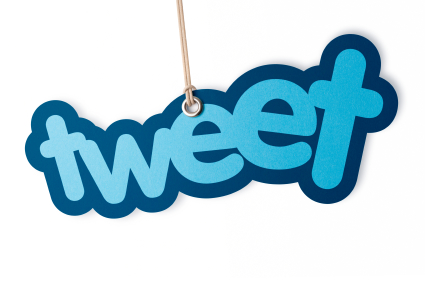 On April 5th, 2012, Twitter posted the following statement on their blog:
On April 5th, 2012, Twitter posted the following statement on their blog:
“This morning, we filed suit in federal court in San Francisco against five of the most aggressive tool providers and spammers. With this suit, we’re going straight to the source. By shutting down tool providers, we will prevent other spammers from having these services at their disposal. Further, we hope the suit acts as a deterrent to other spammers, demonstrating the strength of our commitment to keep them off Twitter.”
In addition to this statement, they also mentioned they’d “implement robust technical solutions that helps us proactively reduce spam.” Whatever these technical solutions are, you can be sure that it’ll curb the onslaught of spam that has been plaguing the 140 character family. Unfortunately, while these measures will improve the overall experience for avid twitter users, it will most likely not keep their twitter space spam-free.
Human After All
Using Twitter as a marketing and advertising platform is nothing new. However, Twitter’s effectiveness is curbed by many factors, especially spam and user experience. One influences the other, so what we’re left to deal with is basic human psychology.
A recent study released by Carnegie Mellon University found that only 36% of the rated content was worth reading, 25% is not, and an astounding 39% is middling. What this suggests is that users are willing to put up with “useless” or “annoying” content in exchange for information and stream of consciousness updates.
The Write Stuff
The challenge for marketers then, is to get their message across without falling into the dreaded 39% range, and, at the same time, stay within Twitter’s (and any/all networks those marketers are a part of) terms of use. Easier said than done; especially when these “robust technical solutions” are being held over marketers’ heads.
In the end, what it boils down to is a phrase my dad used to repeat to me over and over again while I was attending high school – My house. My rules!